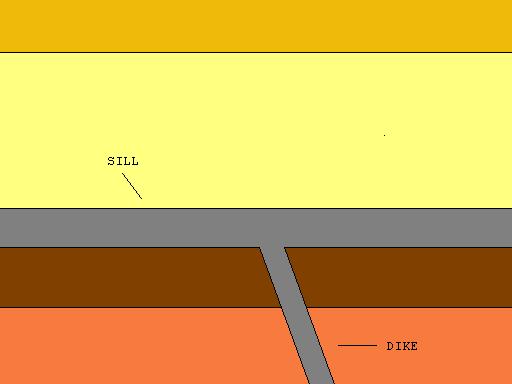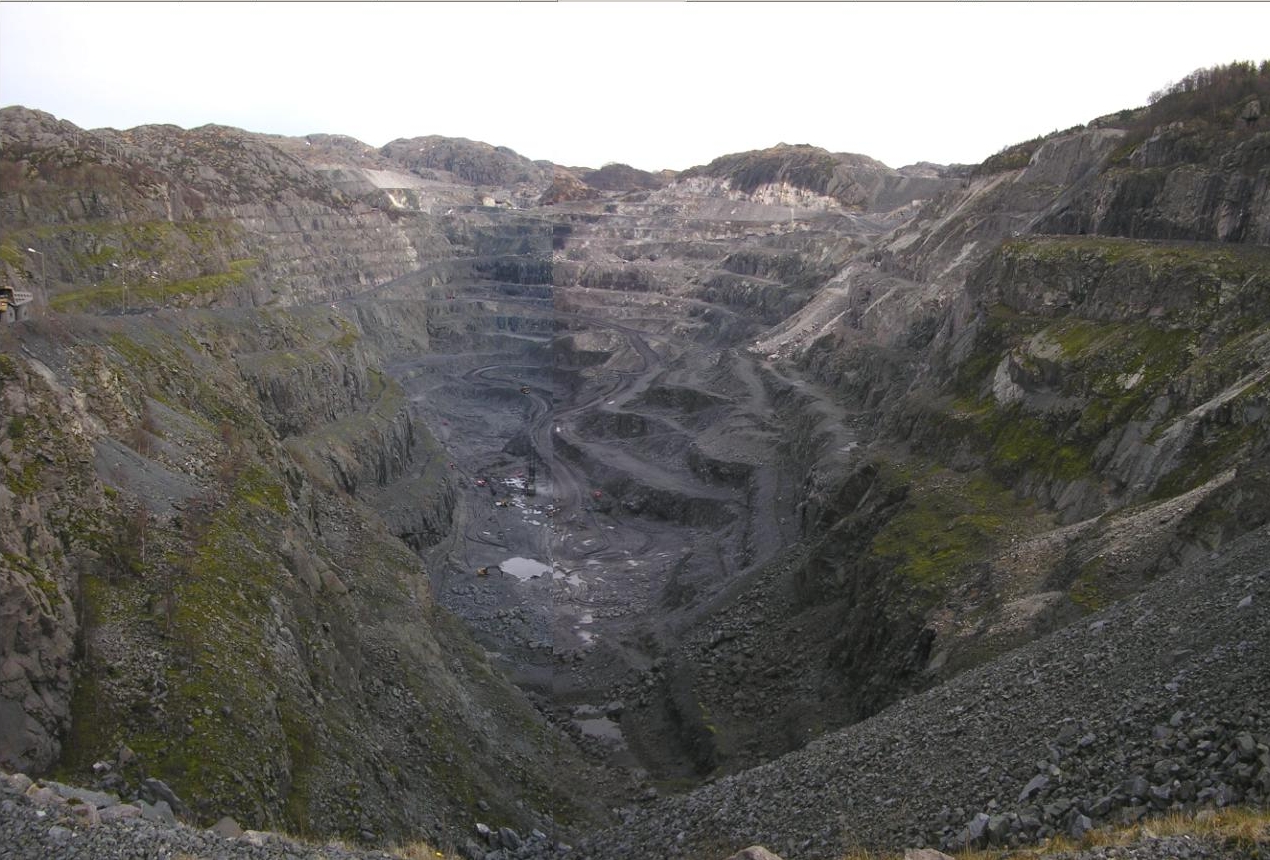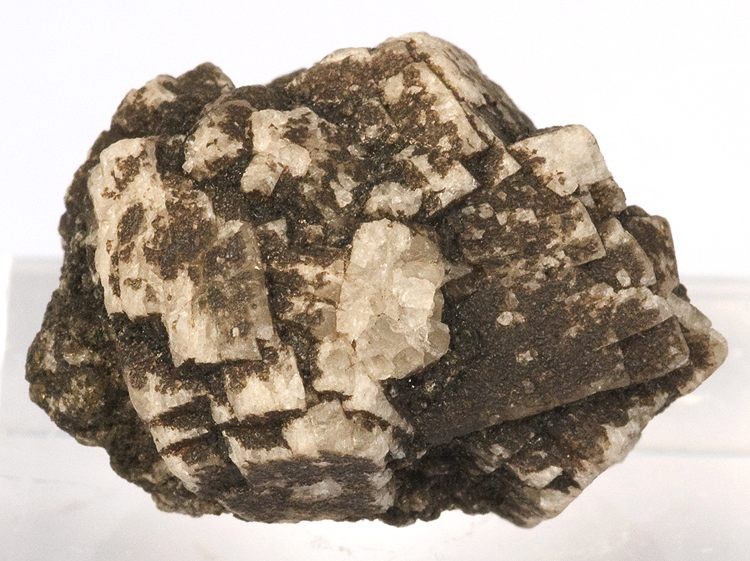|
Burned Mountain Formation
The Burned Mountain Formation is a geologic formation that crops out in the Tusas Mountains of northern New Mexico. It has a U-Pb radiometric age of 1700 Mya, corresponding to the Statherian period. Description The Burned Mountain Formation as originally defined is a metamorphosed rhyolite that appears to have intruded the Moppin Complex, mostly as sills.Barker 1958, p.55 Portions of the formation are described as quartz-eye schists. The unit was later expanded to include most of the Vadito Group beds found throughout the central Tusas Mountains, representing the upper portion of the Vadito Group in this region and correlating with the Glenwoody Formation in the Picuris Mountains.Bauer and Williams 1989, p.49 It is up to thickJones ''et al.'' 2011 and has a uranium-lead radiometric age of 1700 Mya. The metarhyolite making up much of the formation is reddish orange in color, but ranges from brick red to light pink. It includes relict phenocrysts of quartz and microcline and ... [...More Info...] [...Related Items...] OR: [Wikipedia] [Google] [Baidu] |
Geologic Formation
A geological formation, or simply formation, is a body of rock having a consistent set of physical characteristics ( lithology) that distinguishes it from adjacent bodies of rock, and which occupies a particular position in the layers of rock exposed in a geographical region (the stratigraphic column). It is the fundamental unit of lithostratigraphy, the study of strata or rock layers. A formation must be large enough that it can be mapped at the surface or traced in the subsurface. Formations are otherwise not defined by the thickness of their rock strata, which can vary widely. They are usually, but not universally, tabular in form. They may consist of a single lithology (rock type), or of alternating beds of two or more lithologies, or even a heterogeneous mixture of lithologies, so long as this distinguishes them from adjacent bodies of rock. The concept of a geologic formation goes back to the beginnings of modern scientific geology. The term was used by Abraham Gottlob ... [...More Info...] [...Related Items...] OR: [Wikipedia] [Google] [Baidu] |
Sill (geology)
In geology, a sill is a tabular sheet intrusion that has intruded between older layers of sedimentary rock, beds of volcanic lava or tuff, or along the direction of foliation in metamorphic rock. A ''sill'' is a ''concordant intrusive sheet'', meaning that a sill does not cut across preexisting rock beds. Stacking of sills builds a sill complex . and a large magma chamber at high magma flux. In contrast, a dike is a discordant intrusive sheet, which does cut across older rocks. Sills are fed by dikes, except in unusual locations where they form in nearly vertical beds attached directly to a magma source. The rocks must be brittle and fracture to create the planes along which the magma intrudes the parent rock bodies, whether this occurs along preexisting planes between sedimentary or volcanic beds or weakened planes related to foliation in metamorphic rock. These planes or weakened areas allow the intrusion of a thin sheet-like body of magma paralleling the existing beddin ... [...More Info...] [...Related Items...] OR: [Wikipedia] [Google] [Baidu] |
Ilmenite
Ilmenite is a titanium-iron oxide mineral with the idealized formula . It is a weakly magnetic black or steel-gray solid. Ilmenite is the most important ore of titanium and the main source of titanium dioxide, which is used in paints, printing inks, fabrics, plastics, paper, sunscreen, food and cosmetics. Structure and properties Ilmenite is a heavy (specific gravity 4.7), moderately hard (Mohs hardness 5.6 to 6), opaque black mineral with a submetallic luster. It is almost always massive, with thick tabular crystals being quite rare. It shows no discernible cleavage, breaking instead with a conchoidal to uneven fracture. Ilmenite crystallizes in the trigonal system with space group ''R''. The ilmenite crystal structure consists of an ordered derivative of the corundum structure; in corundum all cations are identical but in ilmenite Fe2+ and Ti4+ ions occupy alternating layers perpendicular to the trigonal c axis. Pure ilmenite is paramagnetic (showing only very weak attra ... [...More Info...] [...Related Items...] OR: [Wikipedia] [Google] [Baidu] |
Diopside
Diopside is a monoclinic pyroxene mineral with composition . It forms complete solid solution series with hedenbergite () and augite, and partial solid solutions with orthopyroxene and pigeonite. It forms variably colored, but typically dull green crystals in the monoclinic prismatic class. It has two distinct prismatic cleavages at 87 and 93° typical of the pyroxene series. It has a Mohs hardness of six, a Vickers hardness of 7.7 GPa at a load of 0.98 N, and a specific gravity of 3.25 to 3.55. It is transparent to translucent with indices of refraction of nα=1.663–1.699, nβ=1.671–1.705, and nγ=1.693–1.728. The optic angle is 58° to 63°. Formation Diopside is found in ultramafic ( kimberlite and peridotite) igneous rocks, and diopside-rich augite is common in mafic rocks, such as olivine basalt and andesite. Diopside is also found in a variety of metamorphic rocks, such as in contact metamorphosed skarns developed from high silica dolomites. It is an ... [...More Info...] [...Related Items...] OR: [Wikipedia] [Google] [Baidu] |
Anorthite
Anorthite is the calcium endmember of the plagioclase feldspar mineral series. The chemical formula of pure anorthite is Ca Al2 Si2O8. Anorthite is found in mafic igneous rocks. Anorthite is rare on the Earth but abundant on the Moon. Mineralogy Anorthite is the calcium-rich endmember of the plagioclase solid solution series, the other endmember being albite (NaAlSi3O8). Anorthite also refers to plagioclase compositions with more than 90 molecular percent of the anorthite endmember. At standard pressure, anorthite melts at .J.R. Goldsmith (1980): The melting and breakdown reactions of anorthite at high pressures and temperatures. Am. Mineralogist. 65, 272-284, http://www.minsocam.org/ammin/AM65/AM65_272.pdf Occurrence Anorthite is a rare compositional variety of plagioclase. It occurs in mafic igneous rock. It also occurs in metamorphic rocks of granulite facies, in metamorphosed carbonate rocks, and corundum deposits. Its type localities are Monte Somma and Valle di Fa ... [...More Info...] [...Related Items...] OR: [Wikipedia] [Google] [Baidu] |
Magnetite
Magnetite is a mineral and one of the main iron ores, with the chemical formula Fe2+Fe3+2O4. It is one of the oxides of iron, and is ferrimagnetic; it is attracted to a magnet and can be magnetized to become a permanent magnet itself. With the exception of extremely rare native iron deposits, it is the most magnetic of all the naturally occurring minerals on Earth. Naturally magnetized pieces of magnetite, called lodestone, will attract small pieces of iron, which is how ancient peoples first discovered the property of magnetism. Magnetite is black or brownish-black with a metallic luster, has a Mohs hardness of 5–6 and leaves a black streak. Small grains of magnetite are very common in igneous and metamorphic rocks. The chemical IUPAC name is iron(II,III) oxide and the common chemical name is ''ferrous-ferric oxide''. Properties In addition to igneous rocks, magnetite also occurs in sedimentary rocks, including banded iron formations and in lake and marine ... [...More Info...] [...Related Items...] OR: [Wikipedia] [Google] [Baidu] |
Hypersthene
Hypersthene is a common rock-forming inosilicate mineral belonging to the group of orthorhombic pyroxenes. Its chemical formula is . It is found in igneous and some metamorphic rocks as well as in stony and iron meteorites. Many references have formally abandoned this term, preferring to categorise this mineral as enstatite or ferrosilite. It forms a solid solution series with the minerals enstatite and ferrosilite, being a mid-way member between the two. Pure enstatite contains no iron, while pure ferrosilite contains no magnesium; hypersthene is the name given to the mineral when a significant amount of both elements are present. Enstatite is stable at atmospheric pressure, but ferrosilite is stable only at elevated pressure, decomposing into quartz and fayalite at atmospheric pressure unless stabilized by magnesium or other impurities. Distinctly developed crystals are rare, the mineral being usually found as foliated masses embedded in the igneous rocks norite and hypersthe ... [...More Info...] [...Related Items...] OR: [Wikipedia] [Google] [Baidu] |
Orthoclase
Orthoclase, or orthoclase feldspar ( endmember formula K Al Si3 O8), is an important tectosilicate mineral which forms igneous rock. The name is from the Ancient Greek for "straight fracture," because its two cleavage planes are at right angles to each other. It is a type of potassium feldspar, also known as K-feldspar. The gem known as moonstone (see below) is largely composed of orthoclase. Formation and subtypes Orthoclase is a common constituent of most granites and other felsic igneous rocks and often forms huge crystals and masses in pegmatite. Typically, the pure potassium endmember of orthoclase forms a solid solution with albite, the sodium endmember (NaAlSi3O8), of plagioclase. While slowly cooling within the earth, sodium-rich albite lamellae form by exsolution, enriching the remaining orthoclase with potassium. The resulting intergrowth of the two feldspars is called perthite. The higher-temperature polymorph of KAlSi3O8 is sanidine. Sanidine is commo ... [...More Info...] [...Related Items...] OR: [Wikipedia] [Google] [Baidu] |
Oligoclase
Oligoclase is a rock-forming mineral belonging to the plagioclase feldspars. In chemical composition and in its crystallographic and physical characters it is intermediate between albite ( Na Al Si3 O8) and anorthite ( CaAl2Si2O8). The albite:anorthite molar ratio of oligoclase ranges from 90:10 to 70:30. Oligoclase is a high sodium feldspar crystallizing in the triclinic system. The Mohs hardness is 6 to 6.5 and the specific gravity is 2.64 to 2.66. The refractive indices are: nα=1.533–1.543, nβ=1.537–1.548, and nγ=1.542–1.552. In color it is usually white, with shades of grey, green, or red. Oligoclase is a common mineral in the more silica-rich varieties of igneous rock and in many metamorphic rocks. Name and discovery The name oligoclase was given by August Breithaupt in 1826 from the grc, όλίγος, oligos, little, and grc, κλᾶν, klân, to break, because the mineral was thought to have a less perfect cleavage than albite. It had previously been recogni ... [...More Info...] [...Related Items...] OR: [Wikipedia] [Google] [Baidu] |
Albite
Albite is a plagioclase feldspar mineral. It is the sodium endmember of the plagioclase solid solution series. It represents a plagioclase with less than 10% anorthite content. The pure albite endmember has the formula . It is a tectosilicate. Its color is usually pure white, hence its name from Latin, . It is a common constituent in felsic rocks. Properties Albite crystallizes with triclinic pinacoidal forms. Its specific gravity is about 2.62 and it has a Mohs hardness of 6–6.5. Albite almost always exhibits crystal twinning often as minute parallel striations on the crystal face. Albite often occurs as fine parallel segregations alternating with pink microcline in perthite as a result of exolution on cooling. There are two variants of albite, which are referred to as 'low albite' and 'high albite'; the latter is also known as 'analbite'. Although both variants are triclinic, they differ in the volume of their unit cell, which is slightly larger for the 'high' ... [...More Info...] [...Related Items...] OR: [Wikipedia] [Google] [Baidu] |
Microcline
Microcline (KAlSi3O8) is an important igneous rock-forming tectosilicate mineral. It is a potassium-rich alkali feldspar. Microcline typically contains minor amounts of sodium. It is common in granite and pegmatites. Microcline forms during slow cooling of orthoclase; it is more stable at lower temperatures than orthoclase. Sanidine is a polymorph of alkali feldspar stable at yet higher temperature. Microcline may be clear, white, pale-yellow, brick-red, or green; it is generally characterized by cross-hatch twinning that forms as a result of the transformation of monoclinic orthoclase into triclinic microcline. The chemical compound name is potassium aluminium silicate, and it is known as E number reference E555. Geology Microcline may be chemically the same as monoclinic orthoclase, but because it belongs to the triclinic crystal system, the prism angle is slightly less than right angles; hence the name "microcline" from the Greek "small slope." It is a fully ordered triclinic ... [...More Info...] [...Related Items...] OR: [Wikipedia] [Google] [Baidu] |
Quartz
Quartz is a hard, crystalline mineral composed of silica ( silicon dioxide). The atoms are linked in a continuous framework of SiO4 silicon-oxygen tetrahedra, with each oxygen being shared between two tetrahedra, giving an overall chemical formula of SiO2. Quartz is the second most abundant mineral in Earth's continental crust, behind feldspar. Quartz exists in two forms, the normal α-quartz and the high-temperature β-quartz, both of which are chiral. The transformation from α-quartz to β-quartz takes place abruptly at . Since the transformation is accompanied by a significant change in volume, it can easily induce microfracturing of ceramics or rocks passing through this temperature threshold. There are many different varieties of quartz, several of which are classified as gemstones. Since antiquity, varieties of quartz have been the most commonly used minerals in the making of jewelry and hardstone carvings, especially in Eurasia. Quartz is the mineral definin ... [...More Info...] [...Related Items...] OR: [Wikipedia] [Google] [Baidu] |







